On teaching in one of the country’s coronavirus epicenters: “The whole first two months and change, we were hearing about 10 sirens a day. And obviously New York City is a very special place in that respect because of the density of the population, surely. But it can really rack on the brain in a way when you have so many sirens going off and so many things happening around you and the (few) degrees of separation between you and someone who's passed away. ... For me, living in Harlem, which is not too different from Washington Heights, that's kept me closer to the kids than they can imagine. Even though I can't see them every day, I know … what they're going through. I have students whose parents have passed away, whose family members have passed away, whose families also many of them are essential workers. And that's a lot. It's a lot of things going on right now. So we're just trying to manage it day to day.”
How administrative support helped: Vilson said his administrators checked in on teacher and student mental health and adjusted plans as needed. “I've been very appreciative of that,” he said. “And it's actually made me want to work harder, to be honest. Like, you mean that you actually care about my wellbeing? OK, great. So I can start when I need to start and I'll work as long as I need to to make up for whatever time I look like I'm missing or whatever. It's that human touch that really had been missing for me for a really long time. This year I finally was able to get it, and that was important.”
What he’ll do when school ends: “I think I'm finally going to take a well earned nap. I haven't been faithful to naps. I'll probably do some bingeing of TV. I'm not a big binger but I can see the value in that. … My family and I are probably going to invest in daily walks. And, you know, we do have parks nearby and they're gonna have some open streets that would be good for us to have. But generally speaking, we understand that staying in is a project that we all have to do together in order to get rid of this virus. So in so far as staying in, we're going to do the majority of that specifically because of this virus. But if you told me, ‘Oh, y'all can go outside now and go to these places,’ oh we'll go ahead and do that. But only when it's safe to do so. And not a minute before.”
What went well during distance learning: “I would say about 80 percent of the job is pretty much in rhythm. I'm doing what I can. The assignments are coming together nicely. The scope of sequence of what I would be teaching is coming together pretty well. ... But then the other 20 percent is really about transforming the things (like) live instruction, which I think there's different expectations around that depending on who you ask. But we never got a clear explanation as to what that's supposed to look like from any angle, whether it's parents, students, teachers. So without that conversation, it becomes really hard to navigate what the expectation is for everybody.”
What he would do differently: “I would just try to be able to map out what videos I'd want to put out there, what content I'd want to teach, what would constitute a big class meeting versus a subgroup meeting. ... I think that's what I would do differently. Obviously, you know, the situation didn't help. We didn't even get a break in the middle of all this. But as it turns out, this is what the job required, right?”
Biggest takeaway: “I would say, academically, if you were inclined to think about students as human beings who deserved chances and grace, then this transition isn't as difficult. I respect the conversation about high expectations, not as much about rigor, but high expectations. ... But we are in a situation where our system has not been equipped and has never been equipped to give kids equitable access to the things that we need to fully teach them. And so this period has only exacerbated that. … So I think that's been a big takeaway for me is that I'm blessed that I already had an orientation around centering children because it made this transition, not easy in terms of the relationships — I miss kids daily — but I guess the technical parts, like what assignments I'm going to give, what am I going to do to facilitate learning, that stuff has been relatively simple.”
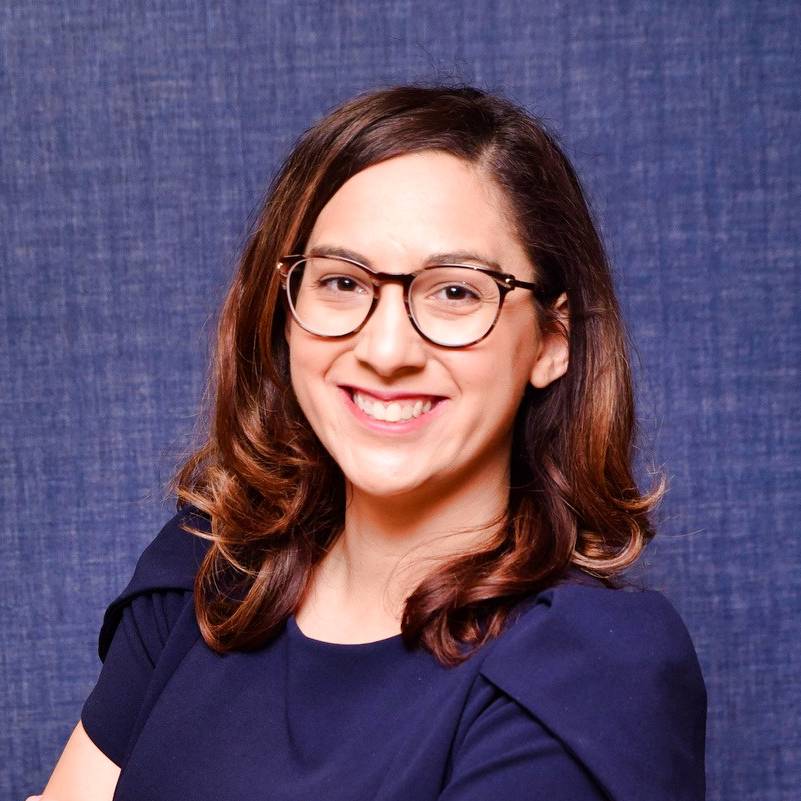 Coral Zayas
Coral Zayas
Bilingual grade 5 science teacher
T.A. Brown Elementary School
Austin, Texas
Distance learning plan: Paper packets or online lessons equivalent to 22.5 minutes of work per day with review content only, 2-3 optional live classes per week, grades for completion
On the emotional toll of educational inequities: With one week remaining in the school year, many of Zayas’ students still did not have devices or internet access to participate in live classes. Seeing the gap between her district and what was happening elsewhere was tough. “It was so hard to watch others get (high quality education) — the same people who always have access to these things,” she said. “I love getting to create creative lessons with technology, but I can connect far more with students who are not mine than my own students. And that is the hardest part because they're my students and I want my students to be able to still see their teacher ... So it has taken a toll. There have been plenty of nights without a lot of sleep.”
How her network helped: As a Teach Plus Ready to Lead Fellow, Zayas volunteered to facilitate a teacher support group during the pandemic. The group met twice weekly to discuss instructional strategies and self-care. “That has been crucial for me, because a lot of times I feel that those who are not teachers do not really understand everything that we do on a daily basis. But teachers do,” she said. “So we’re very honest and we talk about what went well that week (and) what we are still working on. I may be the facilitator of that group, but I have learned just as much from the other teachers as I hope that they have learned from me.”
What she’ll do when school ends: Zayas also finished a graduate program while teaching remotely this spring. “I'm hoping to not be working 60-hour weeks in a few weeks and to take some more time for me and focus more on self care,” she said. Her teacher support group plans to start reading "Onward" by Elena Aguilar, which focuses on educators’ emotional resilience. “We focus on social-emotional learning for students, but I don't think that we focused nearly enough on that SEL for adults,” Zayas said. “And I'm really excited about getting to do something that I enjoy as a hobby, reading, that I never give myself enough time to do.”
What went well during distance learning: “I really have appreciated and enjoyed the live lessons, whether they've been actual lessons or we've done ‘Fun Friday.’ So it's a whole game hour. All we do is review something we've done throughout that throughout the year, but in game format. They love it. I have more kids that come to that because they get to see each other and they get to play with each other.”
What she would do differently: “I would have started live classes sooner because we had a lot more kids coming and engaged with the material once we started doing live lessons. ... But at the same time, it wasn't something I could do because my kids don't have computers. … I would hope that if we're in this situation again or as we prepare for potential other shutdowns or anything else that might occur in the next year, that (district leaders are) a lot more prepared than they were now. Because I don't think it's acceptable that we're one week from school (ending) and we still have kids who never received (devices).”
Biggest takeaway: “At K-12 especially (we were) not ready for anything like this. My biggest takeaway is that I hope that others recognize that we have to be ready for whatever can come at us. And that also means that you need to be supporting not just your students, but your teachers and your employees. Because if this is gonna work, then everybody needs to be OK. Everybody needs to be taken care of emotionally, not just the students and their families, but also all the employees involved.”
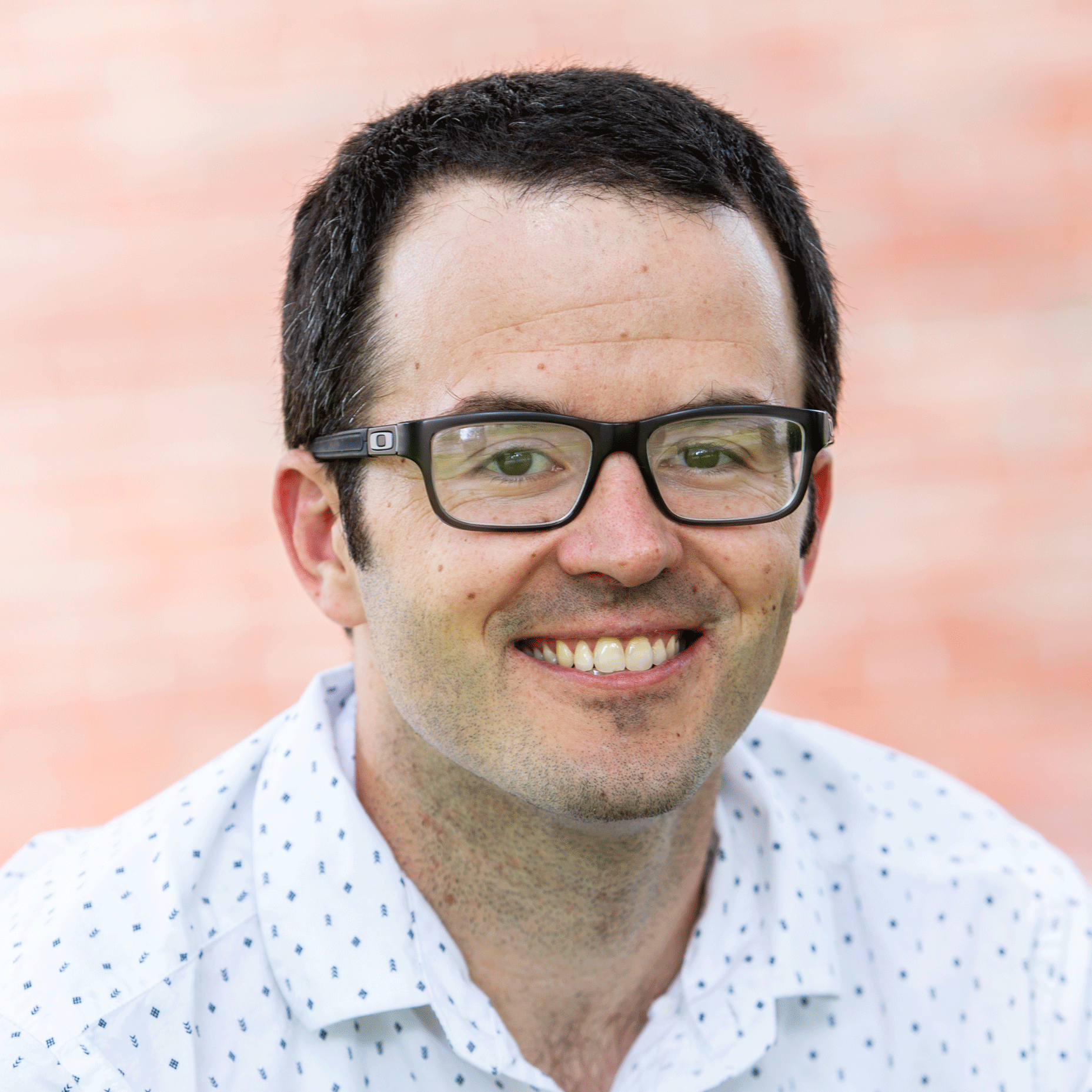 Colby Sharp
Colby Sharp
Grade 5 language arts and social studies teacher
Parma Elementary School
Parma, Michigan
Distance learning plan: Two reading assignments and two writing assignments per week, optional social studies activities, prerecorded video lessons created by Sharp, three live classes per week, no grades for the fourth quarter
On parenting and teaching remotely: “It's pretty crazy. My wife is also a teacher. She's a high school chemistry teacher. And we have five children. Four of them are in school, and one is three. So it's pretty intense. I'd say we have between 30 and 40 Zooms between the two teachers and four kids a week that we're organizing and managing ... So that's been tricky. Today during the Zoom with my students, my 3-year-old was sitting at the table and singing the Power Rangers theme song the entire time. The (students) really enjoy that stuff when the kids drop by or the cats drop by and stop by. It's tricky.”
What he’ll do when school ends: “The beginning of summer is so often an opportunity to spend a little bit of time with your family after running here and there and doing everything. But I've been spending all of my time with my family, so that will be an interesting transition. I plan on getting right to work. I have a stack of professional development books I want to read.”
What went well during distance learning: Allowing students to unmute their mics and kids chat without an agenda at the start and end of classes was valuable, Sharp said. “I think that's magical to just give kids that time. (Normally) I like to have a bit of a soft start to my school day where kids come in and kind of work on whatever it is they want to work on. Some are drawing. Some are writing. Some are chit-chatting. Some are reading magazines. Just that part, letting them hang out, I think has worked pretty well. Just letting them be 10.” Sharp also said recording his own video lessons rather than relying on pre-existing materials was important. “Kids come to school for a lot of reasons and a big reason is for the teachers. We can't be content with other people just showing videos or why do kids even need to come back to school? So I'm trying to give them me as much as possible.”
What he would do differently: “I think just better practice. Right now I'm so focused on making sure kids are OK that I hope that I can do a better job of making sure that they're still learning the things that they need to learn. ... I really struggled with read-aloud, not having the kids there. So I think I'll talk to some of my teacher friends who have found a lot of success with reading aloud over distance learning. I've just abandoned it. One of the best parts of our days just wasn't working, so I'm trying to figure that out.”
Biggest takeway: “My biggest takeaway is that my kids have amazing caregivers. Nobody signed up for this, but everybody stepped up.”
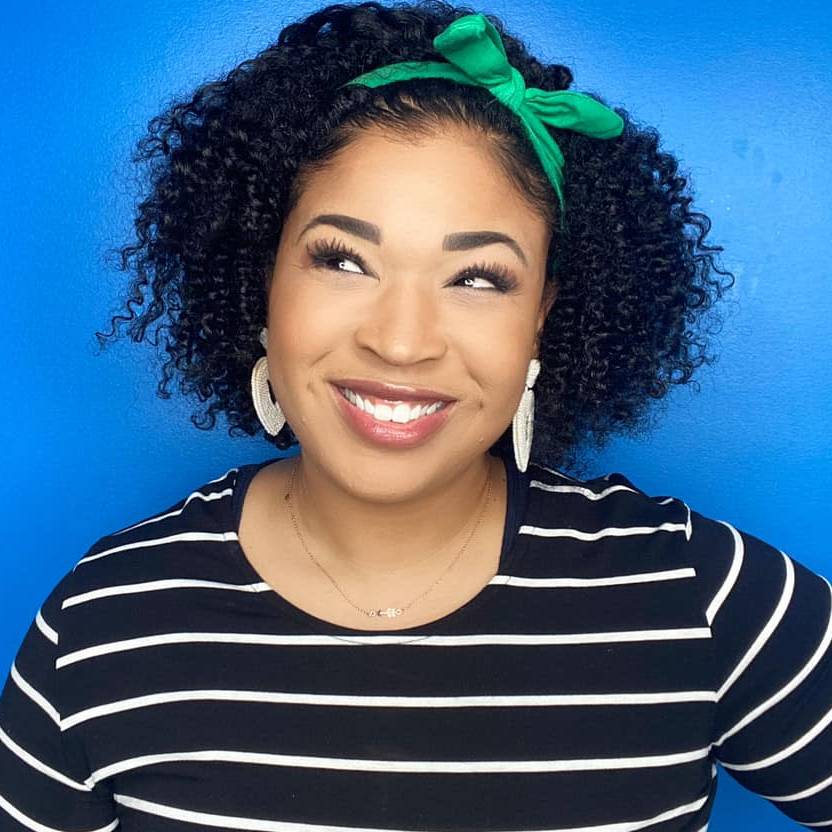 LaNesha Tabb
LaNesha Tabb
Kindergarten teacher
Early Learning Center at Mary Castle Elementary School
Lawrence Township, Indiana
Distance learning plan: Lessons shared via Seesaw, emphasis on regular communication with parents, 1-2 virtual classes per week, fourth quarter grades could not be lower than before closures
On the emotional ups and downs during coronavirus closures: “It was a rollercoaster,” Tabb said. “Probably about the first two weeks, I was just very scared, very anxious. I kept thinking I was going to see the National Guard roll down the street any minute, and it was freaking me out. I had to really talk to myself and calm myself down.” She eventually loosened up on the schedules she initially created for her family and found a groove with teaching. As summer approached, though, uncertainty about the fall brought anxiety creeping back. “It's the highs and lows. I'm dealing one day at a time,” Tabb said.
What she’ll do when school ends: When the pandemic caused them to cancel their 10-year anniversary trip, Tabb and her husband redirected the funds to landscape their backyard. That’s where she intended to be after packing up her school supplies. “I just really plan on making summer feel like summer, because while we've been at home, it's still like you have that mental, ‘I should be doing something, I should be doing something’ feeling,” she said. “So it'll be nice once summer hits, I plan on letting all that go away like it normally does. And just spend a lot of time in that new garden.”
What went well during distance learning: Tabb said that the Seesaw app made it easy to communicate with both parents and kindergarteners. “So they're doing an assignment, they can click a record button and I can listen to them while they're doing the assignments. … I've gotten videos of them reading their sight words or counting to 100 or whatever the assignment was.” Even so, she struggled with the idea of teaching when not all of her students could access learning through technology. “That has been very difficult for me to reconcile, especially when I see all of the amazing things on social media that teachers are doing. I'm thinking, ‘that's so great, but is everybody able to access that? And what is the consequence of that if they can't?’ And that's very bothersome to me.”
What she would do differently: Tabb said the remote learning that occurred this spring “was our best stab at doing something literally overnight,” but as school leaders have started to discuss staggered schedules or other changes for the fall, she worried about how those plans could affect teacher safety and mental health. “I would hate to see teachers just say, ‘I can't do this. How am I supposed to teach in person but then also manage an entire class online?’ So right now, I'm just being patient and waiting to see what these plans actually look like. And we'll have to just go from there.”
Biggest takeaway: “If we didn't think teachers were important before, and need to be supported and need legislation in place that makes sense and funding and things like that, that is my biggest takeaway because all of the sudden the world was able to see, ‘Oh my gosh, without school and teachers, look how many things that affects,’ right? ... And then, you know, just the power of, I don't know, we just took everything for granted. When in our lifetime have we ever had to be like, ‘No, we can't go to school,’ you know? It's difficult.”
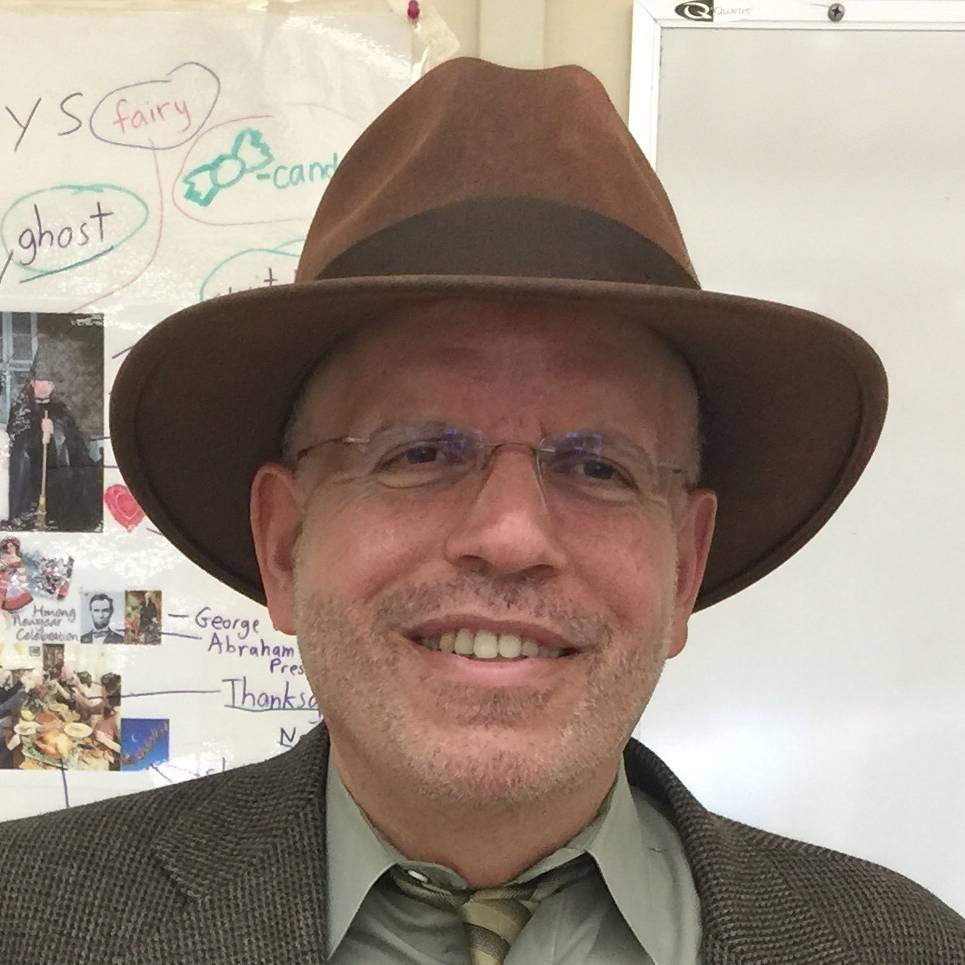 Larry Ferlazzo
Larry Ferlazzo
High school English, social studies and International Baccalaureate teacher
Luther Burbank High School
Sacramento, California
Distance learning plan: Daily 15-30 minute live video classes with English language learners, asynchronous assignments leading up to live project presentations with IB students in small groups
On the energy required for remote teaching: “Good online teaching takes a lot of energy,” Ferlazzo said. “And one of the things that is concerning to me is if we get into a hybrid situation where we have seven students a day in our classes, if you only get one shot at our students each week, it is going to take an incredible amount of energy from teachers because you got one shot with students and you want to be on.” Ferlazzo said two things gave him an advantage for maintaining his energy this spring. First, he anticipated the school closures and spent the week prior in the computer lab preparing students. Second, his own children are grown, so it’s only him and his wife at home. In contrast, he described a recent video call during which another teacher’s child decided to hose his brother off inside the house. “She sort of just put her head in her hands,” Ferlazzo said. “So many teachers are having to homeschool their kids and teach their students. I just don't know how they're doing it.”
What he’ll do when school ends: “Try to figure out what I'm gonna do next year, as well as take a little bit of a break. My colleague and I have to write a second edition of one of our books, so that's gonna be one of the things we do over the summer. And, as plans progress about what the fall looks like, we've got to start preparing for whatever it may bring. It's one thing to do distance learning when most of the school year is done and you have relationships with all the students. I don't know what that's going to look like in September if we're still doing this and I've got 115 brand new students that I'm meeting online for the first time.”
What went well during distance learning: Ferlazzo anticipated California’s school closures a week ahead of time and planned accordingly. He took both his IB students and his English language learners to the computer lab daily to get familiar with the technology he expected to use. That preparation allowed him to continue instruction without delay when schools did close. “Fortunately, I think what I've done has gone pretty well. It's been a combination of planning and luck. I don't know what percentage of either one,” he said. “It also helped that I use a fair amount and technology in my instruction. Not an extraordinary amount, but enough that this wasn't new.”
What he would do differently: “I would have preferred to be able to spend more time with the English language learner newcomers because those are the students — That's one of the vulnerable populations that's going to take the biggest hit from missing these last few months of school. I think most students are going to be fine, right. But ELLs, special ed students and students who face other academic challenges, they're going to take a hit. So I hope that next year, whatever we do, that we look beyond equality and focus on equity so we can provide extra support to the students who need it the most.”
Biggest takeaway: “Without a doubt, the biggest takeaway is that ed tech is not the future. In my EdWeek Classroom Q&A column I've just finished a four-part series sharing commentary from students around the country about their experience, and students are just saying, ‘We want to be in a classroom.’ … Admittedly, the online classes are very mixed, I'm sure, and these classes are not ideal online examples of online learning, but no matter what it is, it is not going to replace the caring, the social-emotional growth and the academic needs that students are only gonna be able to get from being in the classroom with a teacher.”
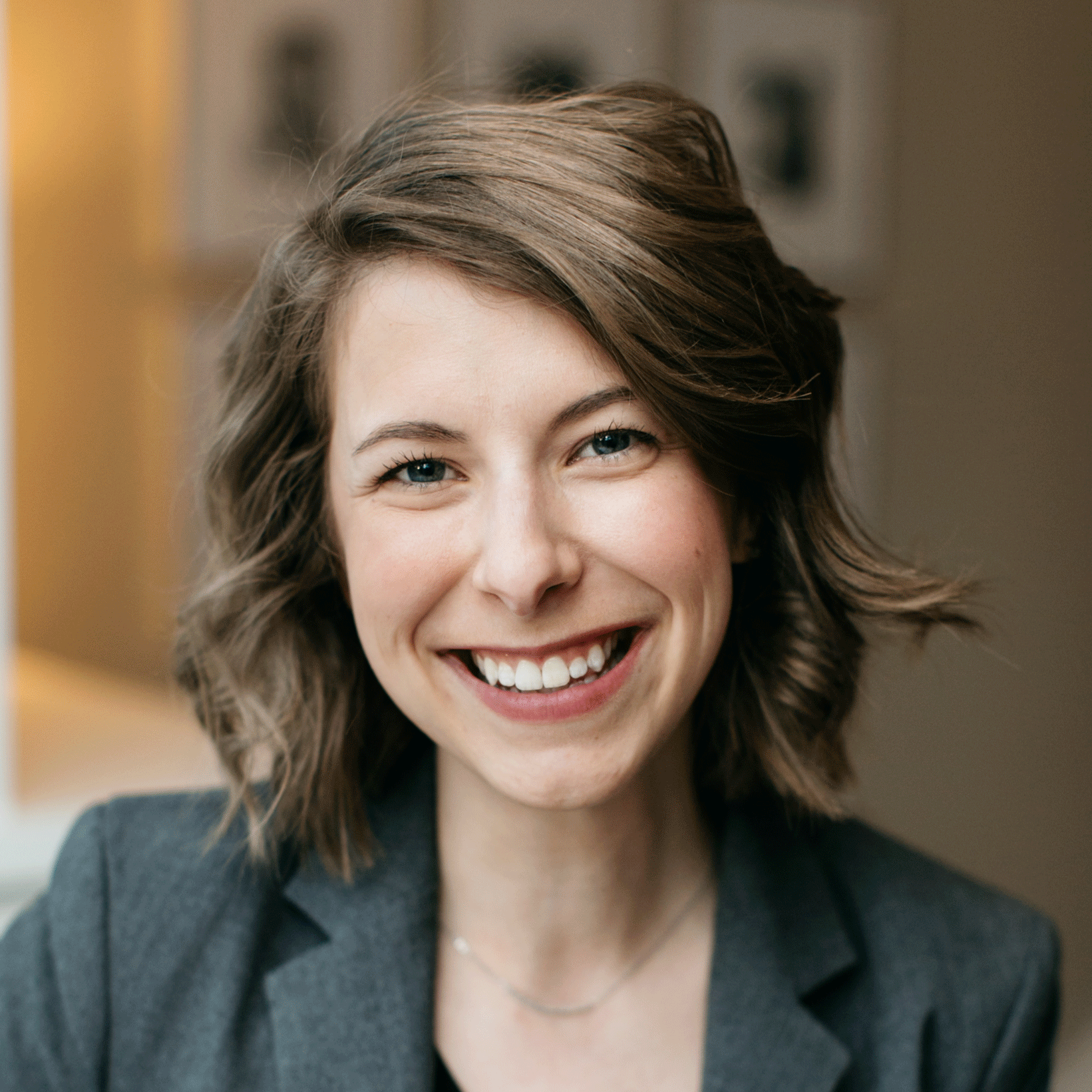 Elizabeth Raff
Elizabeth Raff
Grade 5 Language Arts
Pequea Elementary School
Willow Street, Pennsylvania
Distance learning plan: Asynchronous online or paper assignments, weekly virtual meetings for learning games and connection, narrative feedback instead of letter grades
On finding a rhythm and looking for positives: “The first couple of weeks and also the transition then into distance learning were some of the hardest ones. A lot of the unknowns or just not knowing how it was actually going to happen gave me a lot of anxiety. But I do feel like I was able to get into a rhythm. And I think rhythm is so important,” Raff said. She and her husband, who is also an educator, kept track of their virtual meetings on a shared white board and tag-teamed watching their son in between. They also made sure to get outdoors to keep their spirits up. “Even though there are moments when I complain about having to have a toddler at home, and I sometimes wish I could just chill and relax, I do feel like I will look back on this time with fond memories that I wouldn't have been able to be with him.”
What she’ll do when school ends: Raff will be taking courses toward principal certification this summer, as well as boning up on sixth-grade math since she will be teaching a self-contained classroom in the fall. Beyond that, she said, “I'll probably still chase a toddler around. It's weird, I do feel like I'm kind of in summer mode because I'm at home. And it's a weird dynamic. I really feel like it won't feel too different.”
What went well during distance learning: “I feel really lucky for the leadership that I have at Penn Manor. I've heard teachers who are pulling their hair out trying to do live lessons throughout the day and teachers that are having to give hard grades on things, and I feel really blessed that I feel like my district was able to look at it very thoughtfully and understand the circumstance and the context of what we're dealing with. … And I do feel like we finally started to get into a routine once we got into the distance learning … in terms of assignments and Google Hangouts, and we would do a weekly check-in. And so my students expected the same thing each week and that kind of normalcy was really important.”
What she would do differently: Raff said that if she went back in time she would try to deepen relationships among her classes sooner. “Typically, March is when you get to that sweet spot of the school year. ... I would have tried to get that groove going a little bit earlier, because we're just trying to hold on to threads right now.” And if she’d known schools would close for the remainder of the year, she said, “I would have hugged all my students as they left because I won't see them again in the same kind of capacity, especially because they're sixth-graders and moving on to middle school.”
Biggest takeaway: “No matter how many cool tech tools you have and how much you can integrate, thoughtfully, technology into dynamic lessons online, that kind of stuff, there's just nothing like the presence of being in person with a group of kids and that learning that takes place there,” Raff said. The experience of the past few months also highlighted the needs of the most vulnerable students, she said. “You could hook up someone's Internet, you can get them the laptop that they need, but if their home life isn't stable, if they don't have the support that they have at home, we are doing a disservice to our students expecting that everybody's on the same playing field in terms of their assignments and the support that they have to get those things done. And so that's been kind of eye opening for me because we think that education is a great equalizer … But when it's forced outside of the classroom it really reminds me that there are still a lot of inequities that need to be matched even back in the classroom, too.”
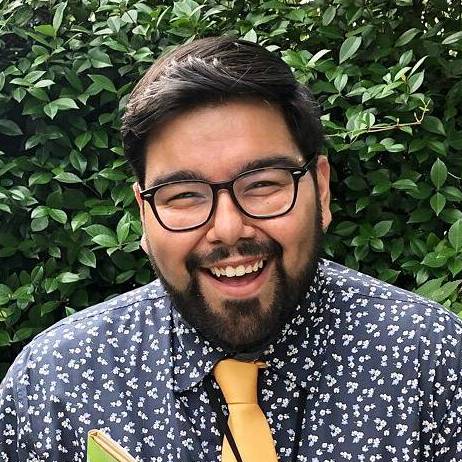 Juan Gonzalez Jr.
Juan Gonzalez Jr.
Grade 3 teacher
Lobit Elementary School
Dickinson, Texas
Distance learning plan: at least one graded assignment per subject per week, 2-3 prerecorded lessons by Gonzalez per week, emphasis on review content, 3-4 office hours per day, one live meeting per week for learning games and connection
On worrying about students who are not connected: Prior to COVID-19, Gonzalez did not use technology too much in his classes. Adapting to that in the midst of a pandemic was “a lot,” he said, but he approached it with optimism. Once his school decided to continue grading despite disparities in technology and other aspects of students’ home environment, his emotional state took a dive. “That's when it got really hard, and I started missing the everyday things,” Gonzalez said. “For me, it felt like teaching in the classroom but if five of my kids had to listen from the hallway. And to get over it, people would tell me, ‘Well, you know, focus on the kids who are there, who do have access.’ But I couldn't just focus on them and not think about those who weren’t getting the same.”
What he’ll do when school ends: “I keep thinking that — about what I’ll do once I'm no longer just leaving my computer open and checking my phone constantly and my emails. To be funny, just to be silly, I feel like I just wanna grab all technology and throw it out the window,” said Gonzalez. Typically he travels to professional development and teacher networking events during the summer, but those are all canceled. Since he’s looping with his current students, he will use the time to design lessons for fourth grade. “I will hopefully not have to be on the Zoom for a while and then just kind of slowly and ease myself back into prepping for the following year,” he said.
What went well during distance learning: “Learning the digital world, like technology applications and things of that sort, I think it's good that I know those things now. … I think student relationships, parent relationships, those got stronger. But as far as academics, in elementary school where it's such a social time in their life and learning and exploring — to be doing it on a computer, it's just not it.”
What he would do differently: Establishing a routine amid the pandemic and a new work reality was hard, Gonzalez said. “I would be better about scheduling myself. I found myself doing my lessons late into the night.” He also said that could have given himself more grace. “There was this enormous amount of guilt that I kept holding on to. And I think if you speak to any teachers, they'll tell you the same. I don't know why we do that to ourselves. Because we want our students, no matter who they are, to be successful. We want to be a part of that. And so it was just so hard to not feel powerless in that sense. I think that guilt also held me back from doing my best with what I had.”
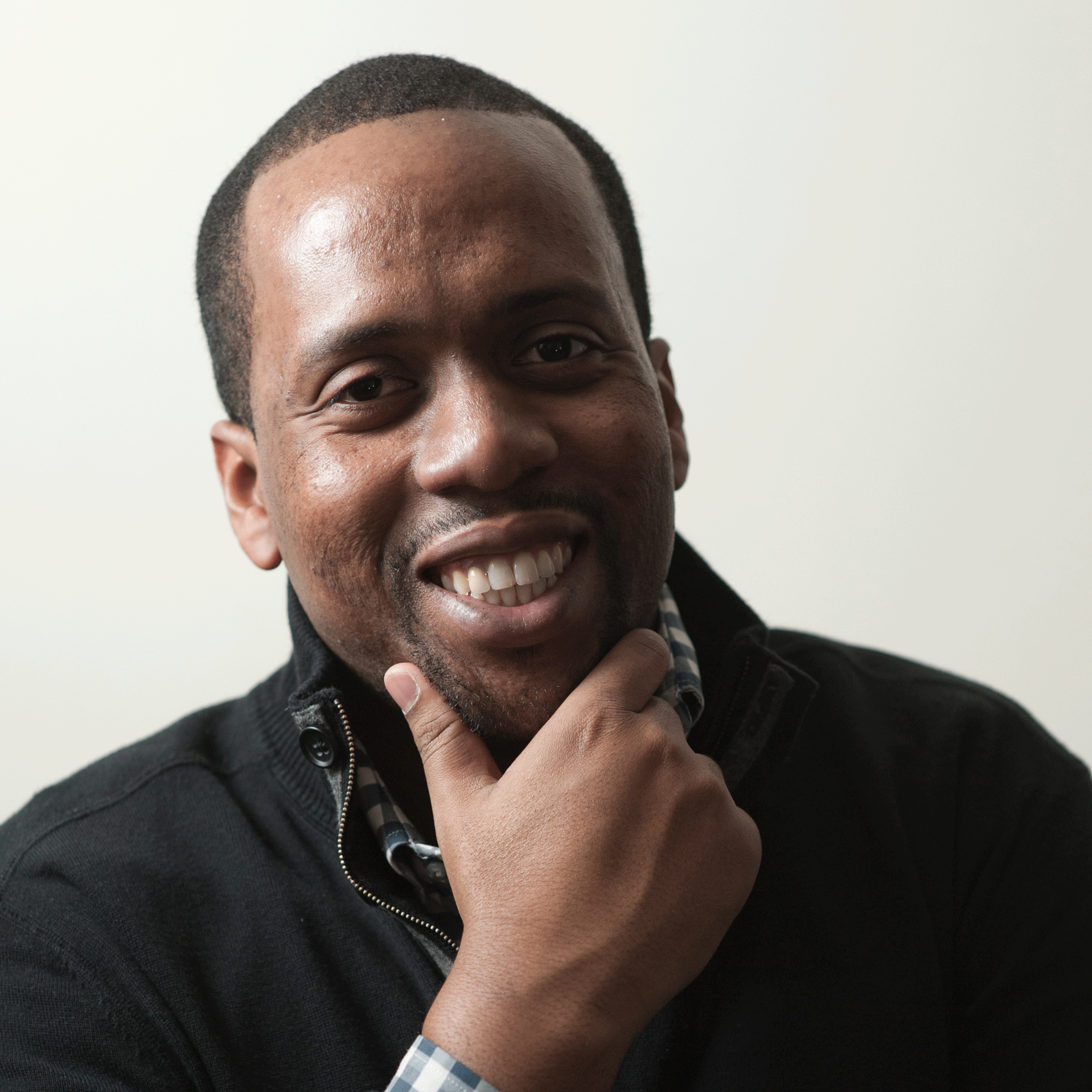 José Vilson
José Vilson

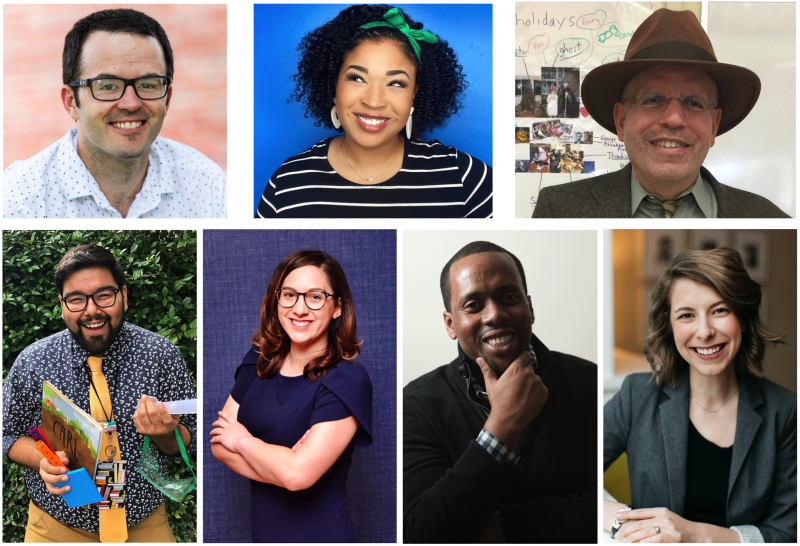
 Coral Zayas
Coral Zayas Colby Sharp
Colby Sharp LaNesha Tabb
LaNesha Tabb Larry Ferlazzo
Larry Ferlazzo Elizabeth Raff
Elizabeth Raff Juan Gonzalez Jr.
Juan Gonzalez Jr.